The Best Vegan Olive Oil Brioche
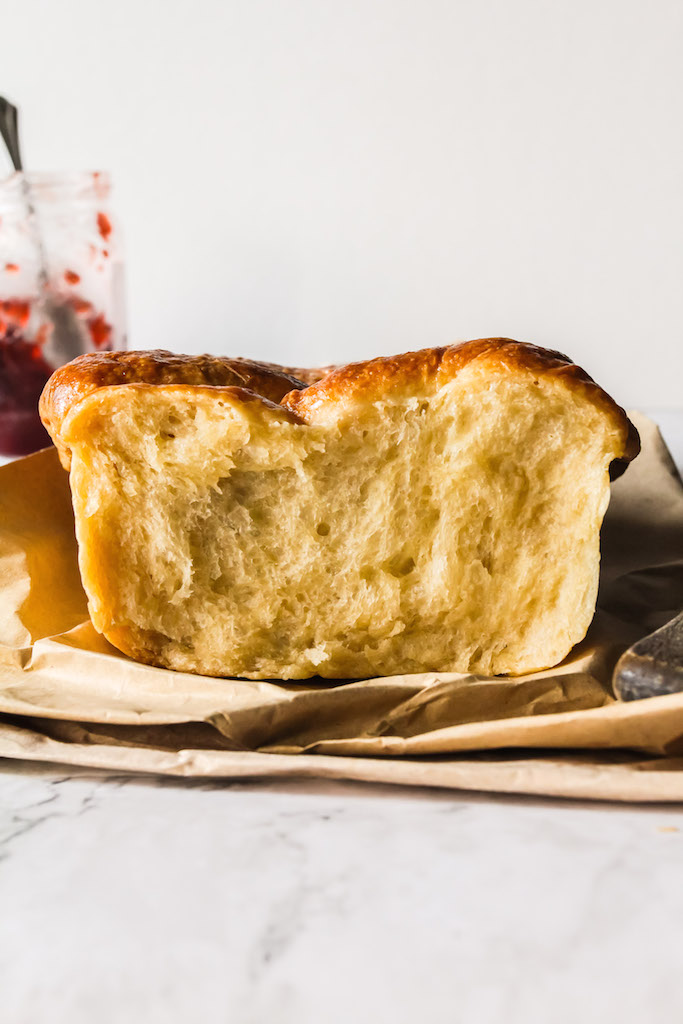
Hey guys! I’m back and I’ve brought a carb-induced totally glorious golden recipe for you today in the form of brioche. Yes, and it’s the best vegan olive oil brioche I’ve had. And you should know that I have gone through my fair share of buttery laden breads and rolls (especially during this quarantine).
Brioche or viennoiserie traces its roots back to France where it was made popular by the Viennese Bakery. It features an extremely enriched dough which means it’s loaded with a high amount of either (or all) eggs, milk and butter. And I mean almost an obscene amount of butter! Which is what makes brioche so heavenly, tender and soft. As you can tell this isn’t exactly vegan friendly but heck we’re going to make it possible so read on.
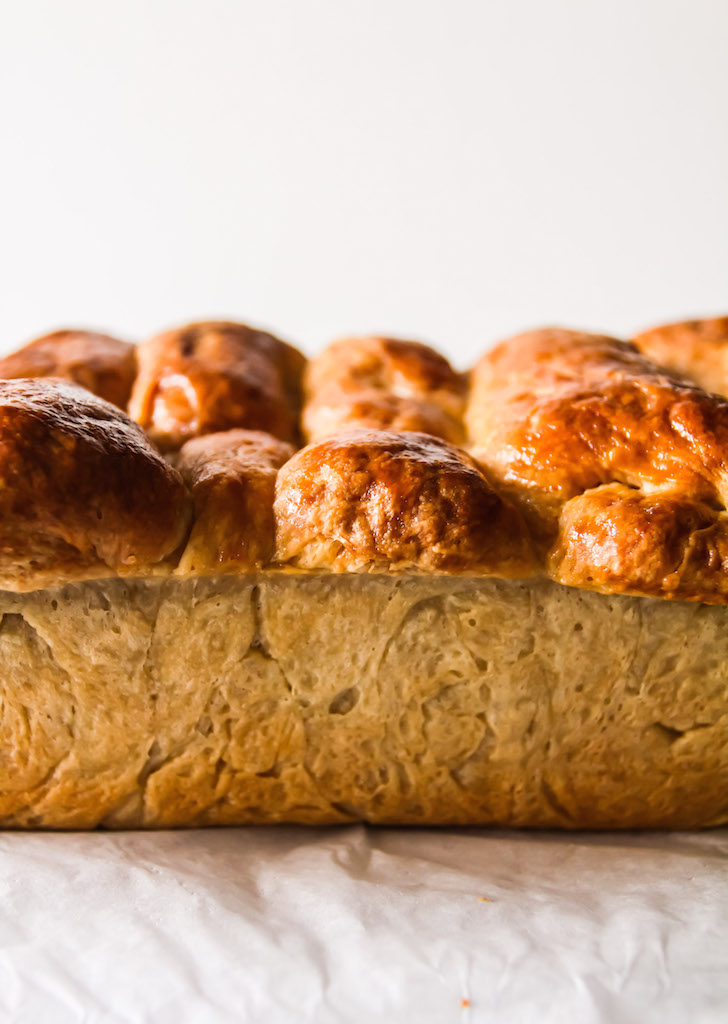
The main problem from my past brioche experiments was skipping the aquafaba. These first few loaves, although good breads, were just not as tender and fluffy as I wanted. I was skeptical about aquafaba at first but eventually I caved and it resulted in the best brioche ever. You might be wondering how liquid from a can of beans could have such an effect on baked goods. Enter a quick scientific explanation. Think of this liquid similar to egg whites so there’s a bit of protein there, sucrose and water. This structure strengthens baked goods while adding a light fluffy texture (all aspects we want in a brioche!). If you want to read more into it you can check this article.
Now what are you waiting for! This golden vegan olive oil brioche heaven is waiting for you to bake.
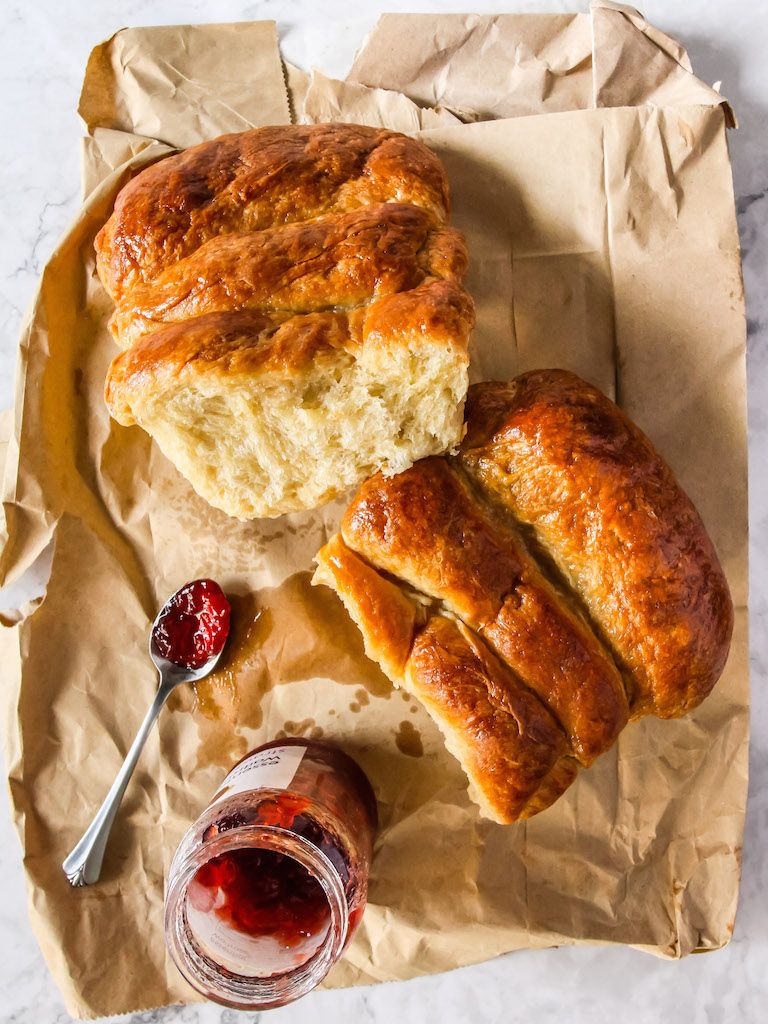
Just A Few Tips
- Use good quality olive oil. Check.
- You can use all bread flour or all all purpose flour if that’s what you have on hand (I’ve tried both ways and they were a success). I just personally like the mix of the different flours as I find that it yields the best texture.
- This is an overnight rise so make your dough the day before you want to eat it. Two days people! Bread is patience so plan ahead.
- Is this overnight thing necessary? No, but it’s about 99.9% better if you do in terms of flavor and handling the dough. But if you must make this in one day up the yeast to 2½ tsp (10g), skip the fridge part and leave the covered bowl on the counter to double in size for 1-2 hours then proceed with the rest of the recipe.
- You can reduce the amount of sugar up to half. Avoid omitting it completely as it’s necessary for the structure of the bread.
- If you plan on freezing this, it’s best to freeze the fully baked bread in slices. Then just pop in the toaster or grill when wanted, no defrosting necessary.
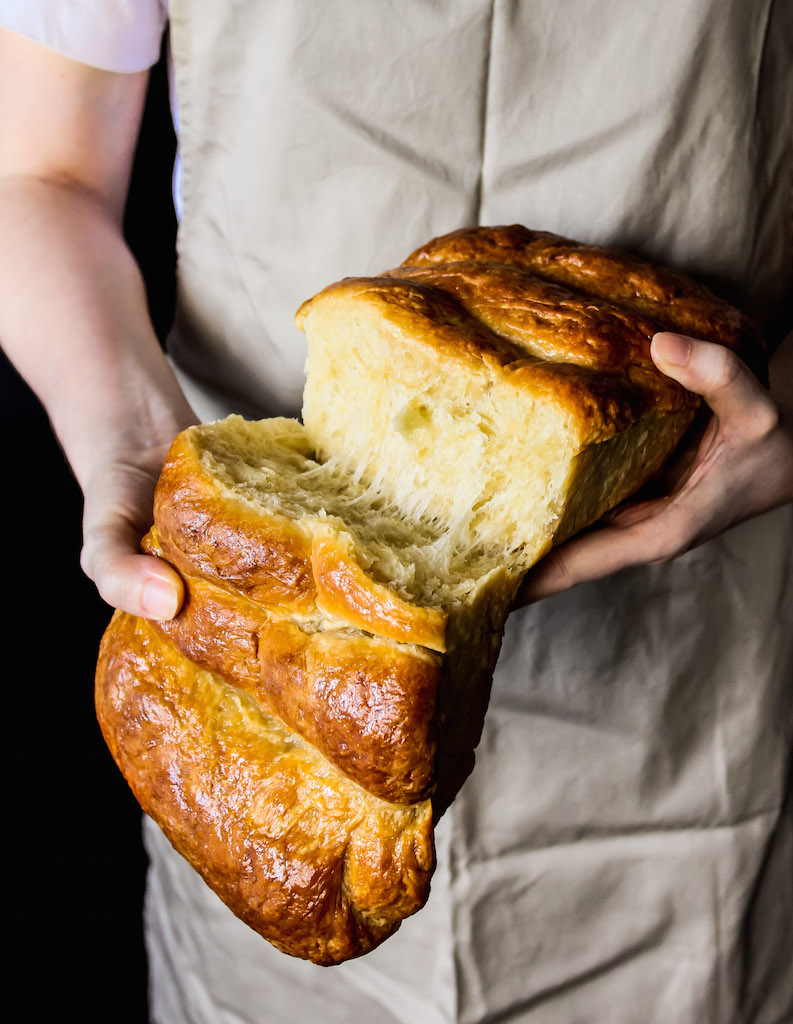
The Best Vegan Olive Oil Brioche
Ingredients
Brioche Dough
- 330 g (2⅔ cups) bread flour
- 170 g (1 cup + 3 tbsp) all purpose flour
- 40 g (3½ tbsp) white sugar
- 5 g (1¼ tsp) instant yeast
- 1 tsp salt
- 200 mL (⅓ + ½ cup) plant based milk lukewarm
- 1 tsp vanilla
- 120 mL (½ cup) aquafaba*
- 160 mL (⅔ cup) good quality olive oil
Milk Glaze
- 1 tbsp plant based milk
- 1 tbsp maple syrup or agave
- ½ tsp olive oil or a neutral oil
Instructions
- In the bowl of your stand mixer fitted with the dough hook, combine the flours (reserving ½ cup from any of the flours to add in later), sugar, yeast and salt. Once mixed, pour in all the wet ingredients except the olive oil and knead on medium speed for 3-5 minutes or until a smooth dough has formed. This can also be kneaded by hand.
- Pour in about half of the olive oil into the bowl and knead until mostly incorporated. (don't add in all the olive oil at once as it could easily spill out from the bowl). Add in the reserved ½ cup flour and continue to knead. Lastly, pour in the remaining olive oil and knead until a smooth glossy (but no longer oily) dough has formed. This whole kneading process will take 20-30 minutes. It will look like a lot of oil at first but with patience it will be incorporated and make the best enriched bread. Test dough by doing the window pane test*
- Place the dough ball into a large lightly greased bowl, cover with a towel or plastic wrap and rest in the refrigerator overnight.
- The next day, line a 9×5" loaf pan with parchment paper with a bit of overhang and set aside.
- Dust your work surface with flour, punch your cold dough and begin shaping. There are many ways to shape brioche but the following is my preferred method: Divide the dough into 6 equal parts. Grab one piece then using your fingertips nudge the dough into a rough rectangular shape. Grab one end and fold up and over to meet the middle. Repeat with the other end of the rectangle to form a business letter fold. Give it a 90° turn and shape again to a rough rectangle. Starting from one end of the rectangle, tightly roll the dough like a jelly roll. Repeat this process with the other 5 pieces then squidge them into the prepared pan. Loosely cover with a towel and let rise for 1-2 hours or until double in size.
- Lil tip: You'll know when you're bread is ready for the oven when you gently press a part of the dough and it springs back slowly and leaves a small indent. If it springs back quickly, it's not yet ready. If the dough deflates, then it's overproofed. You'll need to take it out and reshape it.
- When your bread is almost done, preheat your oven to 350°F (180°C). Combine all the ingredients for the milk glaze in a small bowl. Brush the glaze over the bread and bake for 20 minutes. Take the bread out, lower the temperature to 320°F (160°C) and brush a second coat of the milk glaze. Leave to bake for 25-30 minutes or when a skewer inserted at the center comes out clean. Let the bread cool for 10 minutes then remove from the loaf pan to cool on a wire rack. Once bread has fully cooled, slice and enjoy!
Notes
Some items you might need
Disclosure: As an Amazon Associate I earn from qualifying purchases meaning if you use a link to buy something, I may get a commission. All opinions are my own and I only recommend products that I would buy/use myself. Thank you so much!

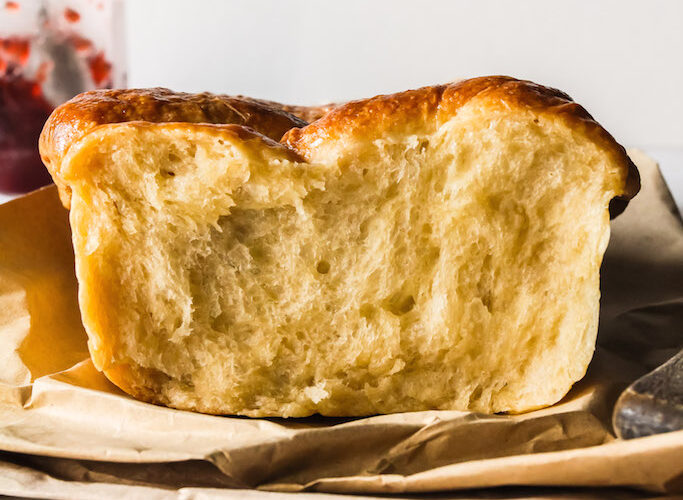
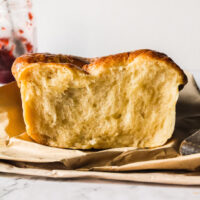


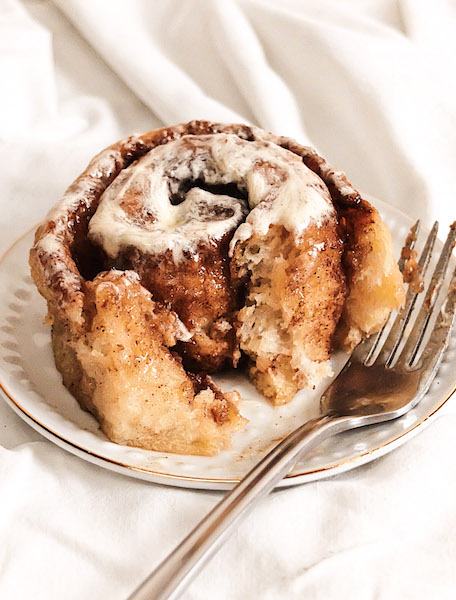
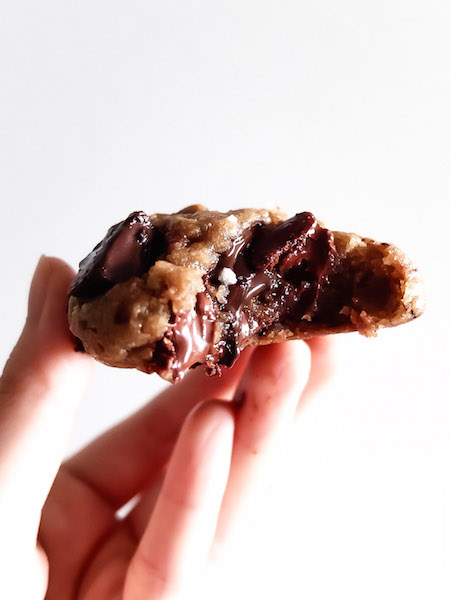
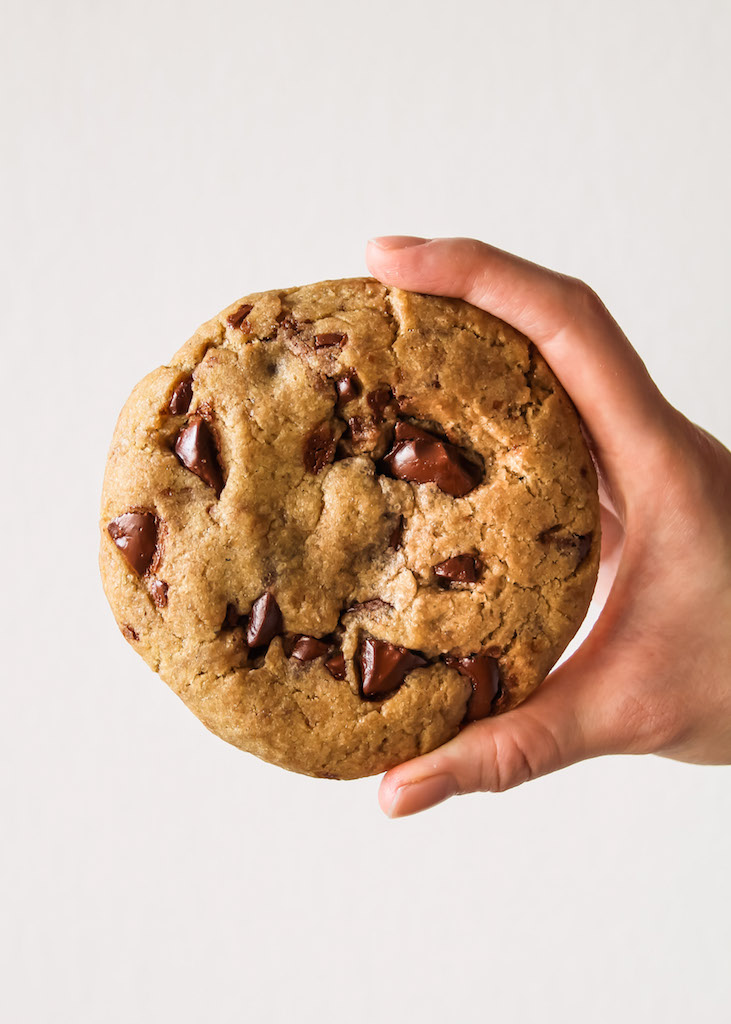
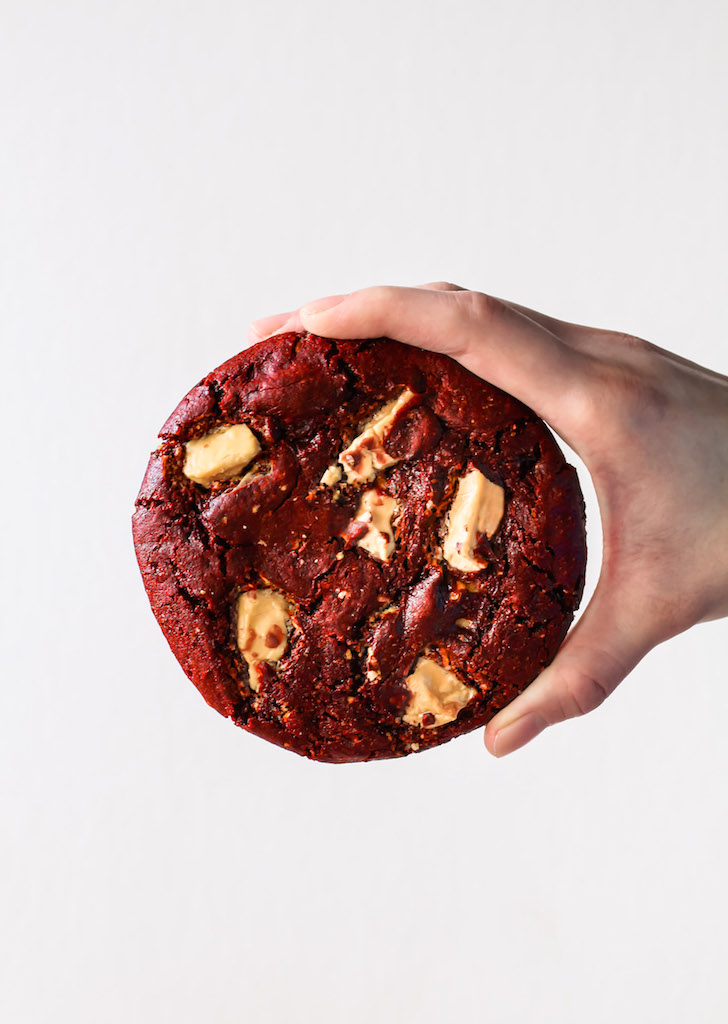











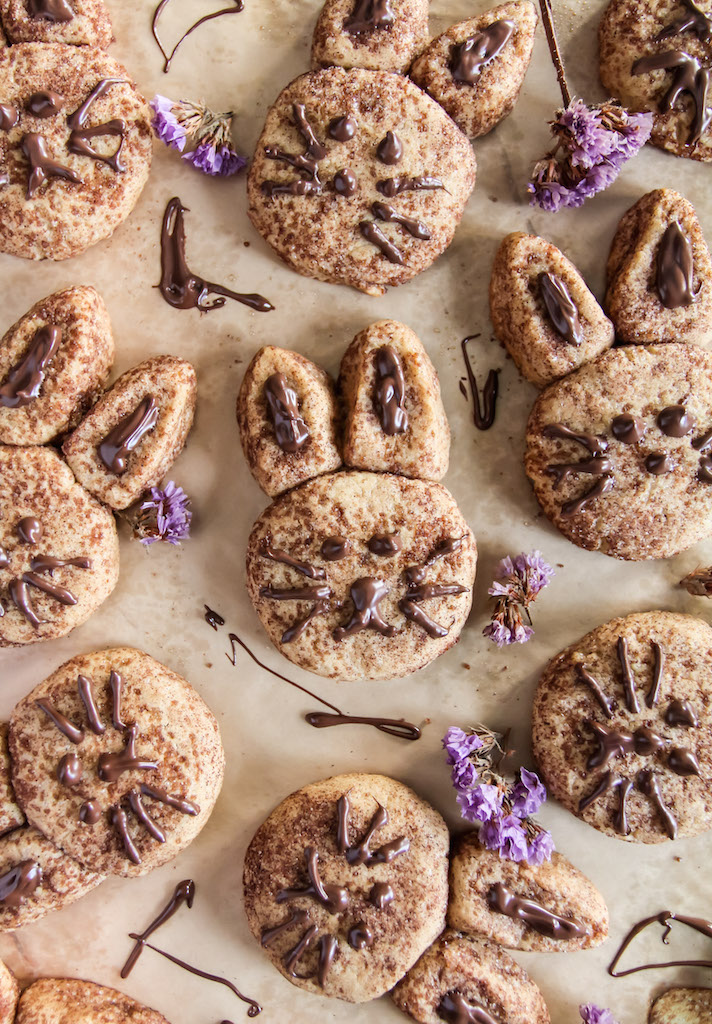
[…] If you’re vegan you can use this vegan brioche bread. […]